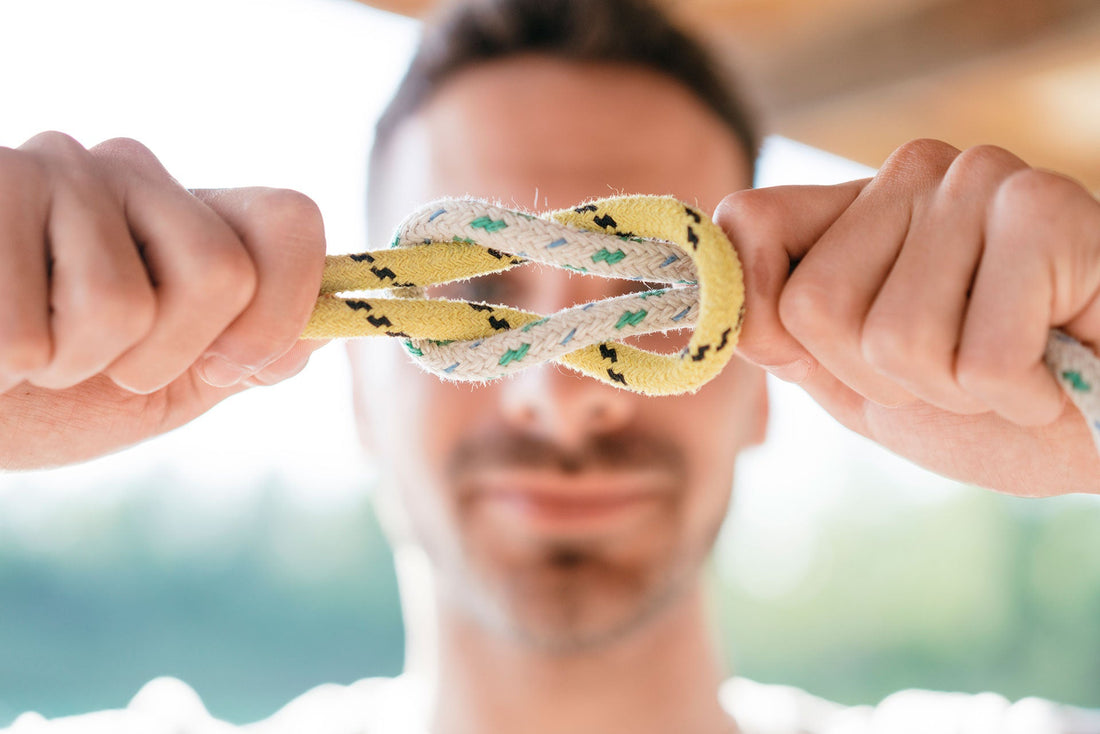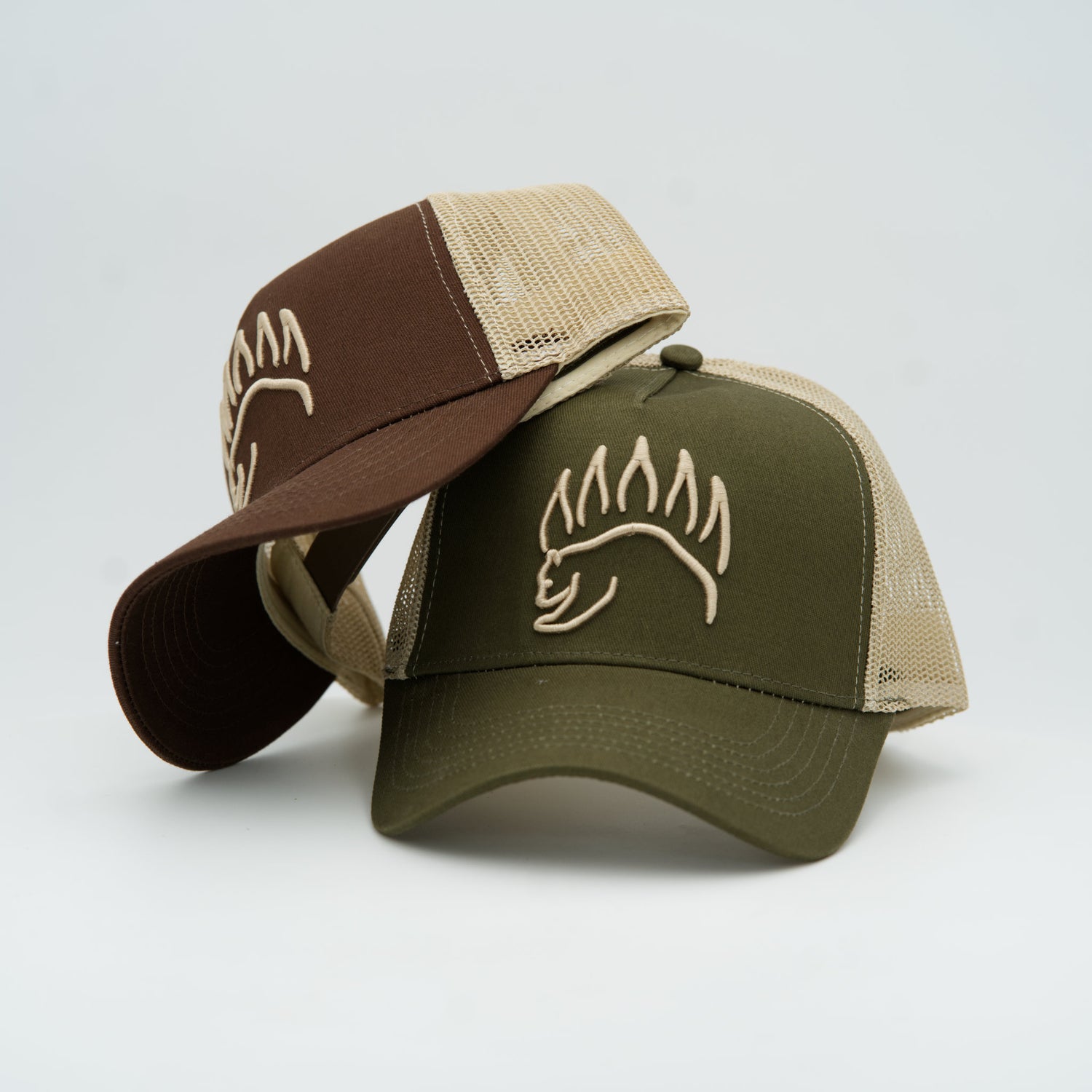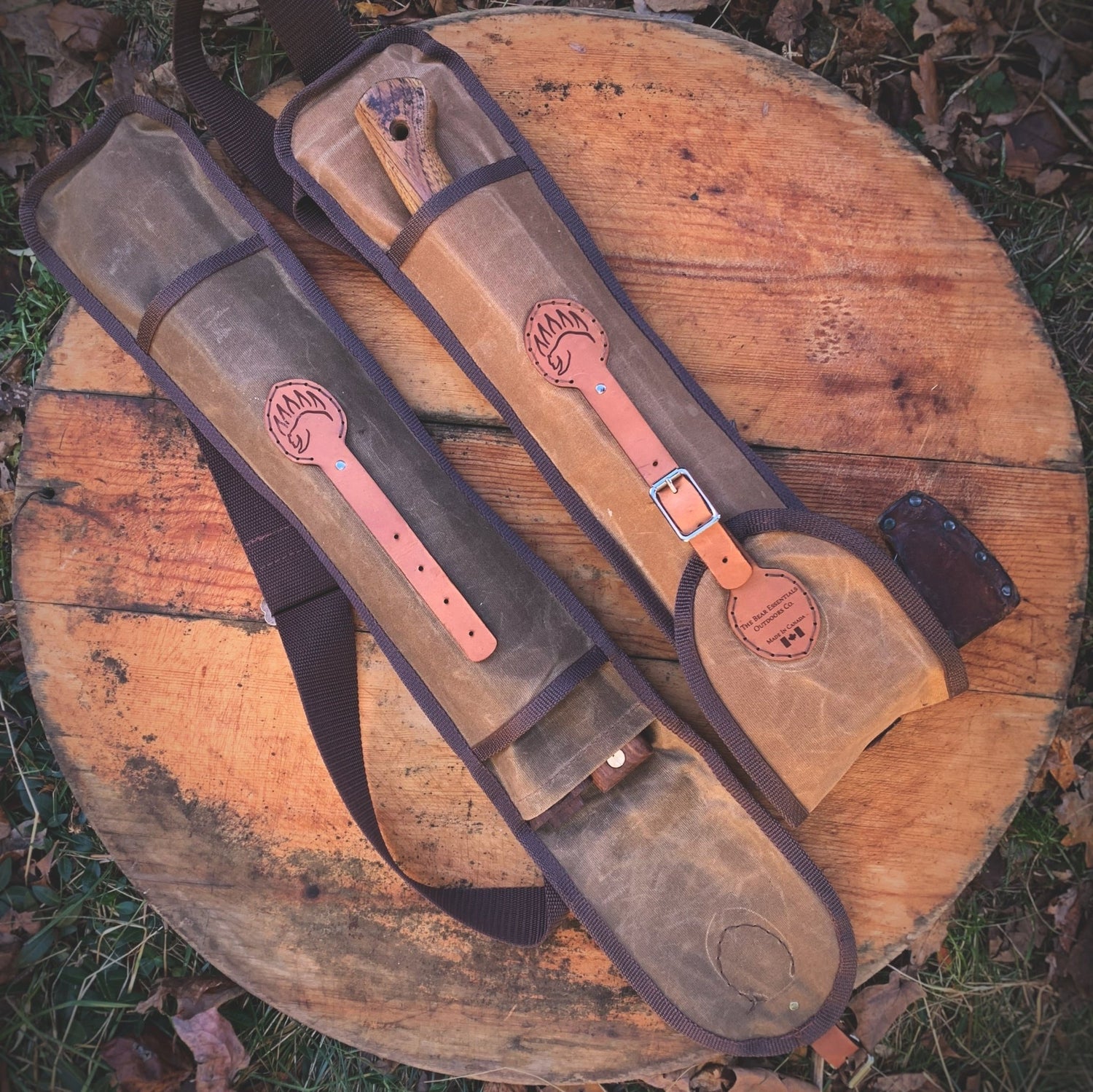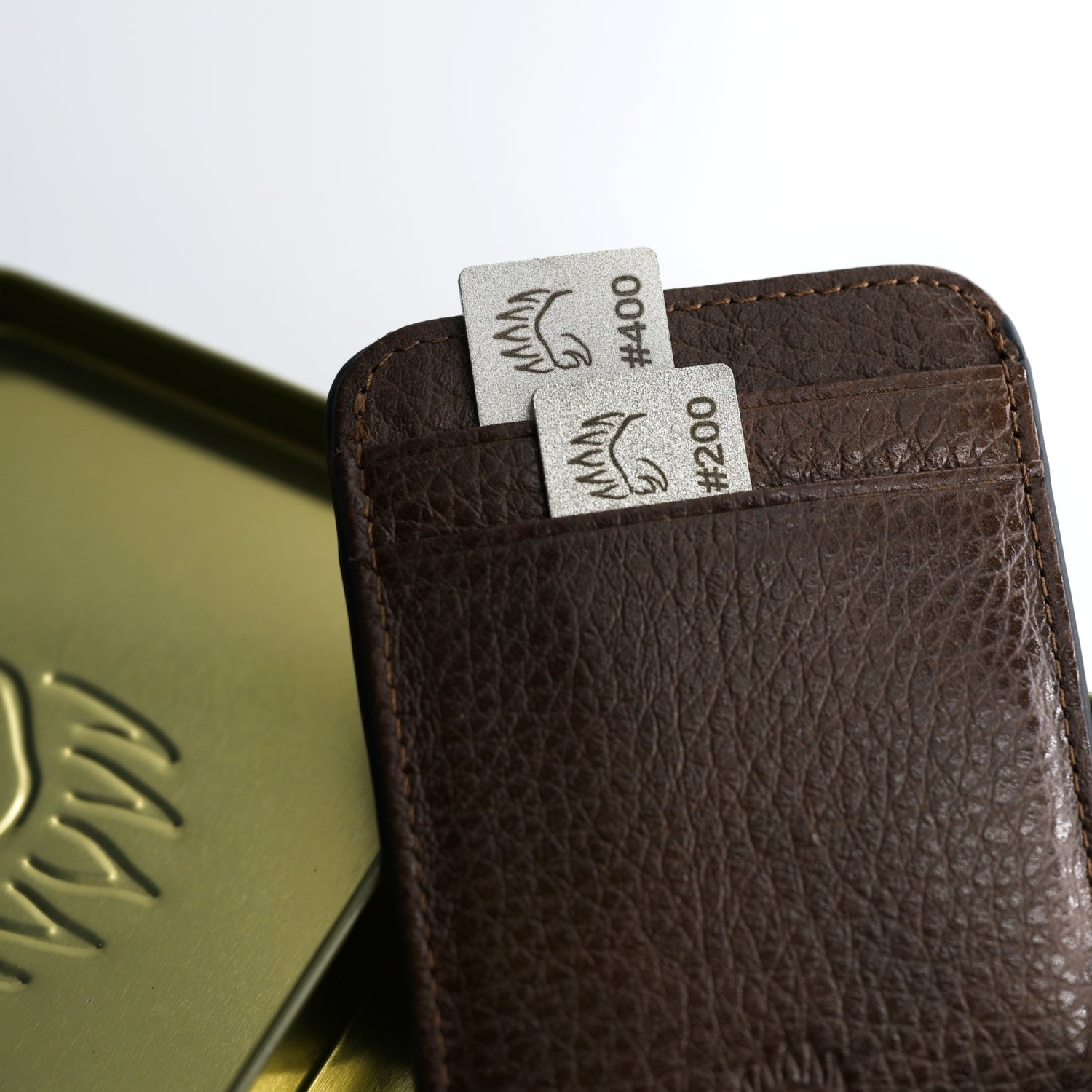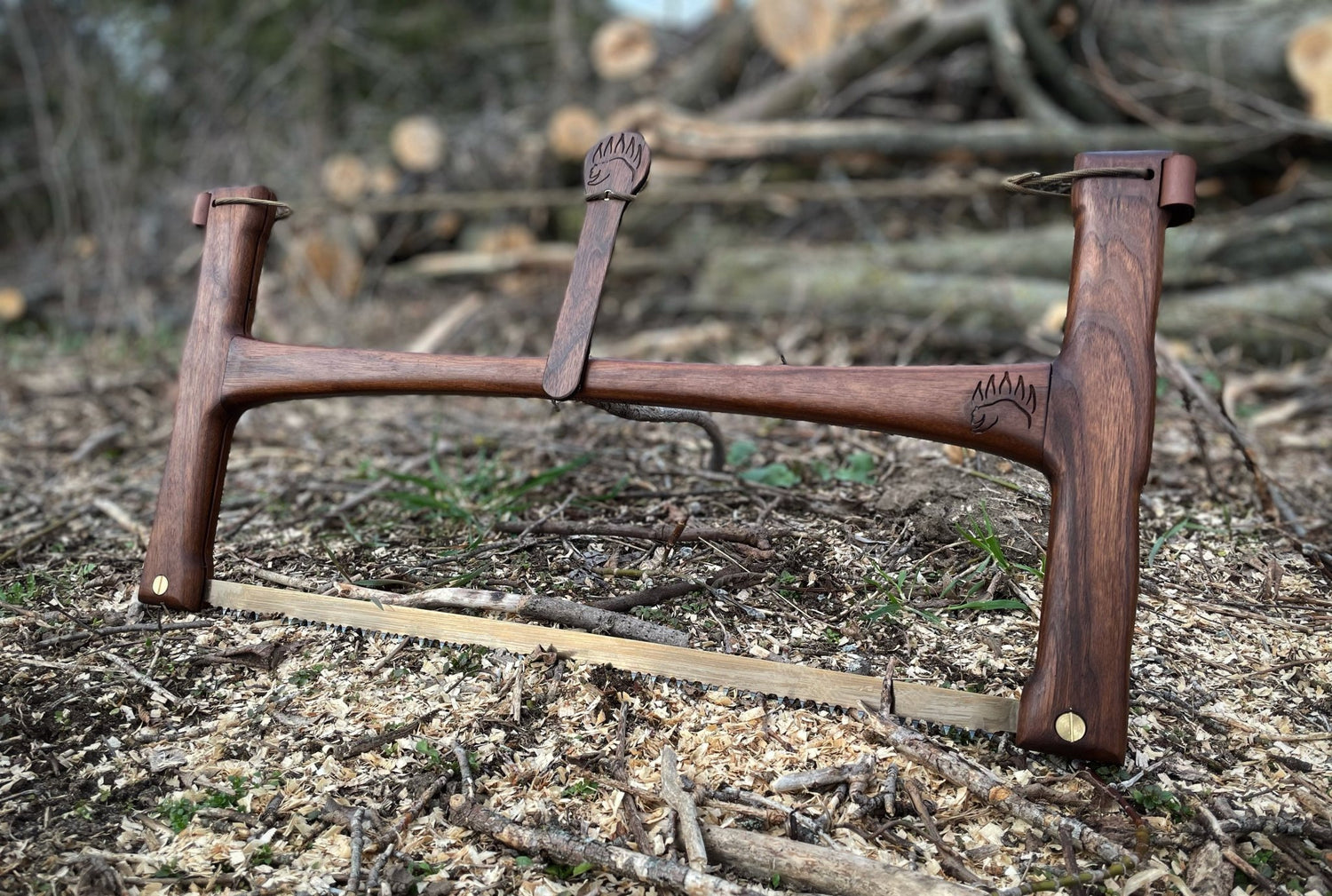You’ve got two lengths of cord and one job.
Maybe you’re extending a tarp ridgeline, rigging a boat fender, building a rappel, or you just snapped a shoelace and need a quick fix.
The internet will happily hand you fifty options, but only a handful are worth learning.
This guide cuts the noise and shows how to tie two ropes together—which knot to pick, when to pick it, and how to dress and set it so it holds under real-world load and still unties when you’re tired and cold.
You’ll see fast recommendations, pick-by-situation advice, step-by-steps, and the rope-material gotchas most tutorials skip.
I’ll also cover webbing and thin cord (so yes, how to tie a knot with two strings), plus the dont's that quietly cause most failures.
By the end, you’ll know the best knot to join two ropes for your exact job and tie it cleanly in under a minute.
Quick Answer: The Best Way to Tie Two Ropes Together
Same diameter, general use: Zeppelin Bend — stable, strong, and famously easy to untie after heavy load. If you just want one reliable “daily driver,” this is it.
Different diameters or slick cords: Double Fisherman’s Bend (a.k.a. double fisherman knot / fisherman’s double knot) — ultra-secure, but it jams hard; accept that trade-off.
Joining ropes to rappel/abseil: Flat Overhand (a.k.a. EDK) tied clean and well-set with long tails; step up to Double Overhand for more security. Low-snag profile for pulling ropes.
Heavy loads you’ll want to untie later (hauling, boat work): Carrick Bend — spreads load, resists jamming; a classic among boat knots.
Webbing/tape only: Water Knot — the standard knot for webbing. Dress tight; leave long tails; recheck after cycling (creep is real).
What not to use: Square/reef knot as a bend. Just don’t. It’s fine for bindings, not for how to join two ropes together.
How to Tie 2 Ropes Together: Real-World Scenarios
Camping / Bushcraft / General Utility
- Best knot for tying 2 ropes together: Zeppelin Bend. It holds through vibration and still unties after you’ve hauled and cinched things down.
- Cords that differ in size or feel waxy/slippery: Double Fisherman’s Bend. Plan on it welding tight if you really crank it.
-
Big loads you’ll undo (tow lines, gear hauls): Carrick Bend—low tendency to jam.
Climbing / Canyoneering / Rappelling
- Joining ropes to descend: Flat Overhand (EDK)—dress it flat, set it hard, leave long tails (~30 cm / 12 in). Many teams prefer a Double Overhand for extra margin.
-
Why not the “pretty” ones here? Figure 8 bend knot and Double Fisherman’s are bulkier and snag more when you pull the ropes. Strength numbers matter, but snag resistance and stability under real rappel loads matter more.
Side note: A prusik knot for rappelling is a backup/friction hitch clipped to your belay loop, not a joining knot.
Boating / Hauling
-
Go-to bends: Carrick Bend or Zeppelin Bend. Carrick spreads load beautifully; Zeppelin remains cooperative after soaking and tightening.
Webbing / Tape Slings
-
Use the Water Knot (water knot webbing). Set firmly, leave long tails, and re-dress after repeated loading. This is the best knot to join two ropes only when those “ropes” are flat tape.
Craft, Home, and Two Strings
- Thin cord or twine (how to tie two strings together): Double Fisherman’s if you need permanent; Zeppelin if you’ll undo; Double Sheet Bend Knot if diameters differ a lot and you still want it to release.
Fishing
- Building a leader - Use the Blood Knot. Slim, strong and when tied correctly moves through the guides with minimal friction.
- Attaching two pieces of tippet or thin monofilament - Use the Double Surgeons Knot. Fast to tie, great strength and can be used to attach a second fly when fly fishing.
Rope Materials Matter
- Nylon / Polyester “normal” ropes: Most bends reduce strength ~30–50% depending on material and dressing. Good knot choice, clean dressing, hard setting, and sensible tails keep you well inside safe territory for typical camp/boat work.
- HMPE / Dyneema / Spectra (e.g., Amsteel): Super strong, super slippery, very low stretch. Knots slip more and shed a ton of strength. If the question is how to attach two ropes together and they’re HMPE, the real answer is: splice (locked Brummel, whoopie/bury) or use purpose hardware. If you must knot temporarily, use security-biased bends (e.g., Double Fisherman’s), load conservatively, and expect hard jamming with reduced efficiency.
-
Wet, icy, or muddy rope: Everything gets worse. Favor bends known to resist jamming (Zeppelin, Carrick) if you’ll need to undo them later; add tail length; set more aggressively.
Knots You’ll Actually Use to Tie Two Ropes Together
Below are clear instructions for how to tie two ropes together using different knots (bends).
1) Zeppelin Bend (my bushcraft go-to)

Learn more about the Zeppelin Bend in our knot tying tutorials blog.
Why it’s great: Symmetrical, stable under load, and genuinely easy to untie—often the best way to tie two ropes together when you’re not rappelling and not dealing with wildly mismatched diameters.
How to tie (memory cue: two overhands kissing):
- Tie a loose overhand in Rope A with the tail pointing right (like a “p”).
- Tie a loose overhand in Rope B with the tail pointing left (a mirror “q”).
- Lay them side-by-side so the tails point away from each other.
- Thread each tail back through the other’s overhand in the reverse direction.
-
Dress so the two overhands interlock symmetrically; set hard on all four strands.
Common mistake: Twisting one overhand the wrong way produces a look-alike that isn’t a zeppelin. If it doesn’t look perfectly mirrored, re-tie.
2) Double Fisherman’s Bend

Learn more about the Double Fisherman's Bend in our knot tying tutorials blog.
Why it’s great: Each side strangles the other—excellent for different diameters, slick cords, or permanent joins. This is often cited as the strongest knot to tie two ropes together when security trumps everything else.
How to tie (one side at a time):
- Lay the rope ends parallel with a bit of overlap.
- Take the tail of Rope A and make two turns around Rope B and its own standing part, then pass the tail back through those turns (like a double overhand around B).
- Repeat mirrored with Rope B’s tail around Rope A.
-
Dress both double overhands snugly, then pull the standing parts to roll the two knots together.
Trade-off: After high load, it can weld solid. Bring patience or a knife.
3) Flat Overhand / Double Overhand (EDK) — for rappels

Learn more about the Flat Overhand Bend in our knot tying tutorials blog.
Why it’s great: Lowest snag profile for pulling ropes over edges. Correctly tied, dressed flat, and well-set with long tails, it’s the standard climbing rope knot for joining rappel ropes.
How to tie (flat overhand):
- Lay rope ends side-by-side with 18–24 in (45–60 cm) overlap.
- Tie a single overhand in both ropes as if they were one.
- Dress it flat: the two strands lie smoothly; no twists or “ears.”
- Set hard by pulling each strand individually.
-
Leave long tails (commonly ~12 in / 30 cm).
Double overhand variant: Make the overhand with two turns before passing the tails through for extra security (more bulk, still low-snag).
Non-negotiables: Flat dressing, aggressive setting, long tails. Poorly set overhands can roll; a doubled version and proper tails keep that risk controlled.
4) Carrick Bend (heavy lines, easy to untie)
 Learn more about the Carrick Bend in our knot tying tutorials blog.
Learn more about the Carrick Bend in our knot tying tutorials blog.
Why it’s great: Broad bearing surfaces distribute load; the knot resists jamming, even after hauling. Sailors have leaned on it for ages—one of the more elegant boat knots that earns its keep.
How to tie (visual flow):
- Form a loop in Rope A with the tail underneath.
- Pass Rope B up through the loop, around the standing part of A, under the tail of A, then back over and down through the loop.
-
Dress into the classic woven “basket” shape; set evenly by hauling all four standing parts/tails.
Pro tip: Back it with simple half hitches on working tails if the load will surge, then remove the backups when you’re done.
5) Water Knot (webbing/tape only)
 Learn more about the Water Knot in our knot tying tutorials blog.
Learn more about the Water Knot in our knot tying tutorials blog.
Why it’s great: The standard knot for webbing—simple, low profile, and reliable when set and re-checked. Ideal for anchor slings, pack repairs, and lashing flat straps.
How to tie:
- Tie a loose overhand in one end of the webbing.
- Take the other end and retrace the overhand backwards, following the exact path.
- Dress flat (no twists), pull long tails (at least 3–4 in / 8–10 cm).
-
Set hard; re-tighten after the first few load cycles.
Caveat: Under repeated loading/unloading, the tails can creep. Monitor and re-dress.
6) Double Sheet Bend Knot (for mismatched diameters)

Learn more about the Double Sheet Bend Knot in our knot tying tutorials blog.
Why it’s useful: A sheet bend is classic for joining unequal diameters; the double version adds a second turn for extra grip. Great when you want a release-friendly alternative to the Double Fisherman’s.
How to tie (double):
- Form a bight in the thicker rope.
- Pass the thinner rope’s tail up through the bight, around both legs of the bight, and around again a second time.
-
Tuck the tail under itself on the bight’s side; dress tight so the turns sit snug.
Compare: Not as jam-proof secure as Double Fisherman’s on slick synthetics, but easier to untie and kinder to mixed cords.
7) Figure 8 Bend Knot (a.k.a. Flemish Bend)

Learn more about the Figure 8 Bend Knot in our knot tying tutorials blog.
Why you might choose it: Symmetrical, strong, and unties decently after moderate load. Bulky, though—not my pick for rappels because it snags more than an overhand.
How to tie:
- Tie a loose figure-8 in Rope A.
- Retrace it with Rope B’s end, following the exact path in reverse.
-
Dress tight and evenly; leave generous tails.
Where it fits: Extending a rope where snag isn’t a big risk and you want a familiar, strong bend with clear inspection.
8) The Blood Knot

Learn more about the Blood Knot in our knot tying tutorials blog.
Why I Use it: The Blood Knot is primarily used to join two fishing lines of similar diameter, particularly for connecting monofilament or fluorocarbon lines.
How to tie:
- Overlap the ends of the two lines by several inches, aligning them parallel.
- Take one working end and wrap it around the other line 4-5 times, moving toward the overlap’s center.
- Pass the working end through the central overlap, exiting toward the opposite side.
- Repeat with the other working end, wrapping it 4-5 times in the opposite direction and passing it through the central overlap, exiting in the opposite direction of the first end.
- Wet the knot, pull both standing parts to tighten, and trim the tag ends close for a neat finish.
Pro Tip: Wet the knot before tightening to reduce friction and ensure a smooth join. Use nippers to remove tag ends flush to the knot.
9) The Double Surgeon's Knot

Learn more about the Double Surgeon's Knot in our knot tying tutorials blog.
How to tie:
- Lay the ends of the two lines parallel, overlapping by several inches.
- Treat both lines as one and tie a double overhand knot by looping the ends around the standing parts twice. See the overhand knot technique.
- Pass the ends through the loop again for a second wrap, creating a total of four wraps.
- Pull all four ends (two standing parts and two working ends) to tighten the knot.
- Trim the tag ends close to the knot for a neat finish, ensuring no slippage.
Pro Tip: Wet the knot before tightening to reduce friction and ensure a snug fit. If attaching a second fly use the tag that points down, away from your rod tip.
Safety & Performance Details Most People Skip
- Dress, set, and test. Every bend should look symmetrical (no crosses or twists), then be set hard—pull each strand individually to tighten the internal turns before full loading. A dressed, set knot is safer and easier to untie.
- Tails. For high-consequence joins (rappel, hauling over edges), leave 10–12 in / 25–30 cm tails—especially on overhand variants. For utility bends, be sensible (at least a few inches; more if the rope is slick or the load will pulse).
- Stopper knots? Not typical on rappel overhands because extra bulk defeats the low-snag point; some teams still add them in specific contexts. Follow your group’s SOP, not internet comments.
- Square/reef knot warning. Great for a parcel, unreliable as a bend—especially with unequal diameters. It can capsize under load.
- HMPE exception (again). If you’re asking how to tie 2 ropes together and the answer is “they’re Dyneema,” the safer path is: don’t—splice or use hardware.
Decision Cheatsheet
- Extending a tarp line or general camping utility: Zeppelin Bend → heavy hauling you’ll undo: Carrick Bend.
- How to join two ropes together for rappel/abseil: Flat Overhand (EDK) well-set with long tails → Double Overhand if you want extra security.
- Different diameters or slick cords (permanent): Double Fisherman’s Bend.
- Webbing/tape sling: Water Knot (long tails; re-dress after use).
- Mixed diameters, still want to untie: Double Sheet Bend Knot.
- Need a neat, strong alternative where snagging isn’t a worry: Figure 8 Bend Knot.
-
Boat work and wet lines you’ll undo: Carrick Bend or Zeppelin Bend.
Frequently Asked Questions
What’s the best knot for tying 2 ropes together if I only learn one?
Zeppelin Bend for general life. If you’re a climber or canyoneer, also learn the Flat Overhand (EDK) for rappels.
What’s the strongest knot to tie two ropes together?
Strongest depends on rope and dressing, but for pure security (especially on slick/mixed diameters), Double Fisherman’s Bend is the usual winner. The cost is that it often jams solid.
How to tie two strings together (thin cord/twine)?
Double Fisherman’s for permanent; Zeppelin for easy untying; Double Sheet Bend Knot for mixed sizes.
How to attach two ropes together for boating?
Carrick Bend (hauling, hawsers) or Zeppelin Bend (all-rounder) are my everyday boat knots for joining lines.
Is the figure-8 bend okay for rappels?
It’s strong but bulky and snags more when you pull. That’s why the low-profile overhand (EDK) dominates for joining rappel ropes.
Can I use a water knot on round rope?
It’s designed for webbing. Use a proper bend on round rope (Zeppelin, Carrick, etc.).\
Pro Tips You’ll Actually Use
- Mark your tails with a Sharpie line near the knot before repeated load cycles (e.g., water knot in a sling). If the mark moves, your knot is creeping—re-dress it.
- Cold hands fix: Zeppelin and Carrick are both kinder to untie in winter than a welded Double Fisherman’s. Pick accordingly.
- Edge management beats “strength.” On descents, a low-snag knot that pulls cleanly (overhand/EDK) is often safer than a bulkier knot that tests “stronger” in a lab.
-
Practice setting. Most joining knots fail in the field because they weren’t set. After dressing, haul each strand to seat the turns before you trust it.
Micro Step Cues
- Zeppelin Bend: “p” + “q” overhands, tails opposite; tails go back through the other’s overhand; mirror-clean.
- Double Fisherman’s: double overhand around the other rope, twice; repeat mirrored; roll together.
- Flat Overhand (EDK): both ropes as one; single (or double) overhand; FLAT and HARD-SET; LONG TAILS.
- Carrick Bend: woven “basket” look; broad curves; equal pull on all four ends to set.
-
Water Knot: overhand in webbing; retrace; dress flat; long tails.
How To Tie 2 Ropes Together With The Right Knot
If your ropes are similar and you’re not rappelling, tie a Zeppelin Bend and get on with your day.
If they’re different or slick and you need absolute security, use a Double Fisherman’s and accept that it’ll weld.
For descents, keep it simple: a well-dressed, hard-set Flat Overhand (EDK) with long tails—because the best rappel join is the one that doesn’t snag when you pull.
Webbing? Water Knot only. And if your line is Dyneema, stop tying and start splicing.
That’s the short list for how to tie two ropes together without drama.
Practice each bend three times on thick cord, set them hard, and then untie them.
Once your hands remember the feel, you’ll stop Googling and start tying—cleanly, quickly, and with confidence.
